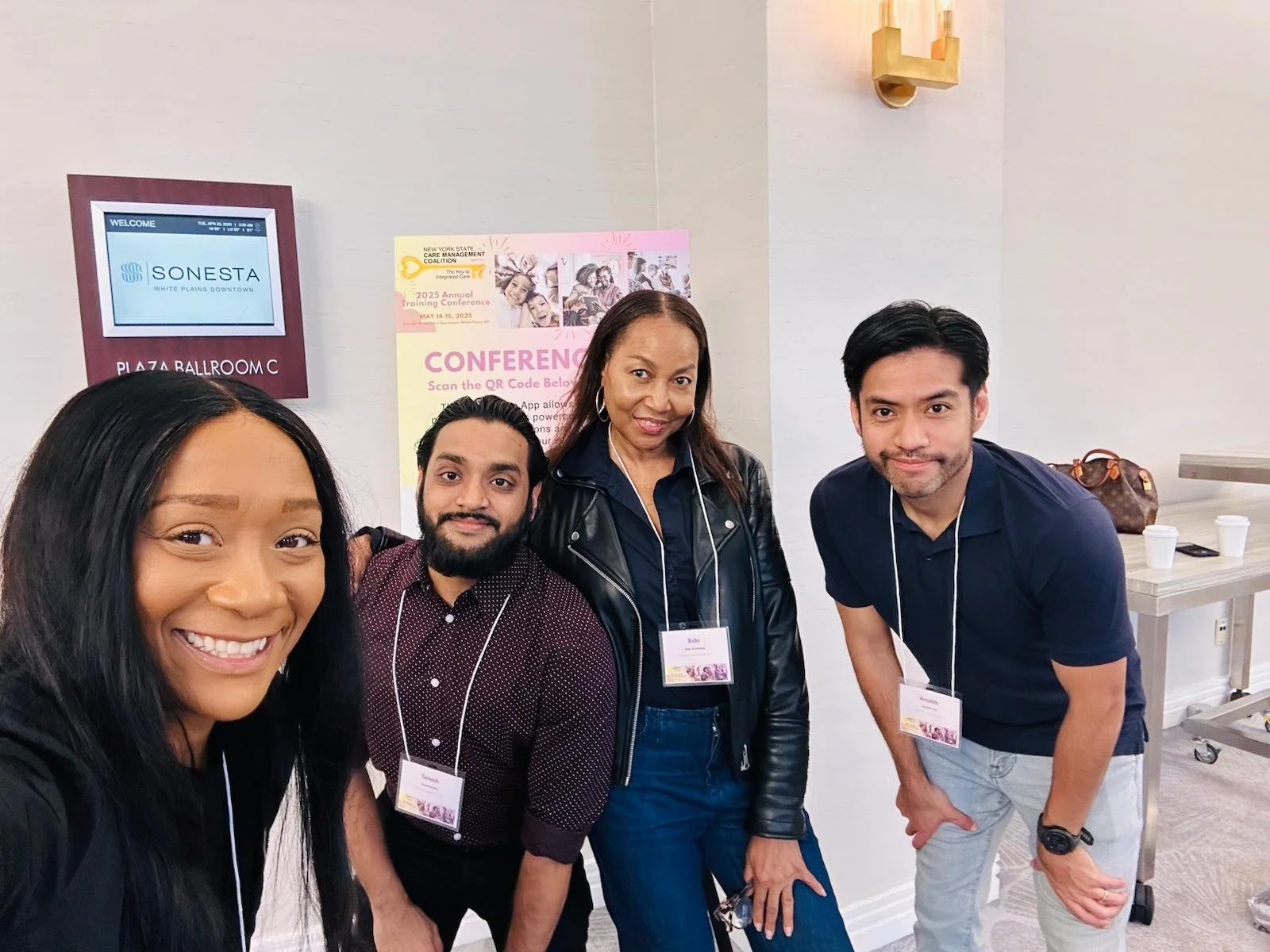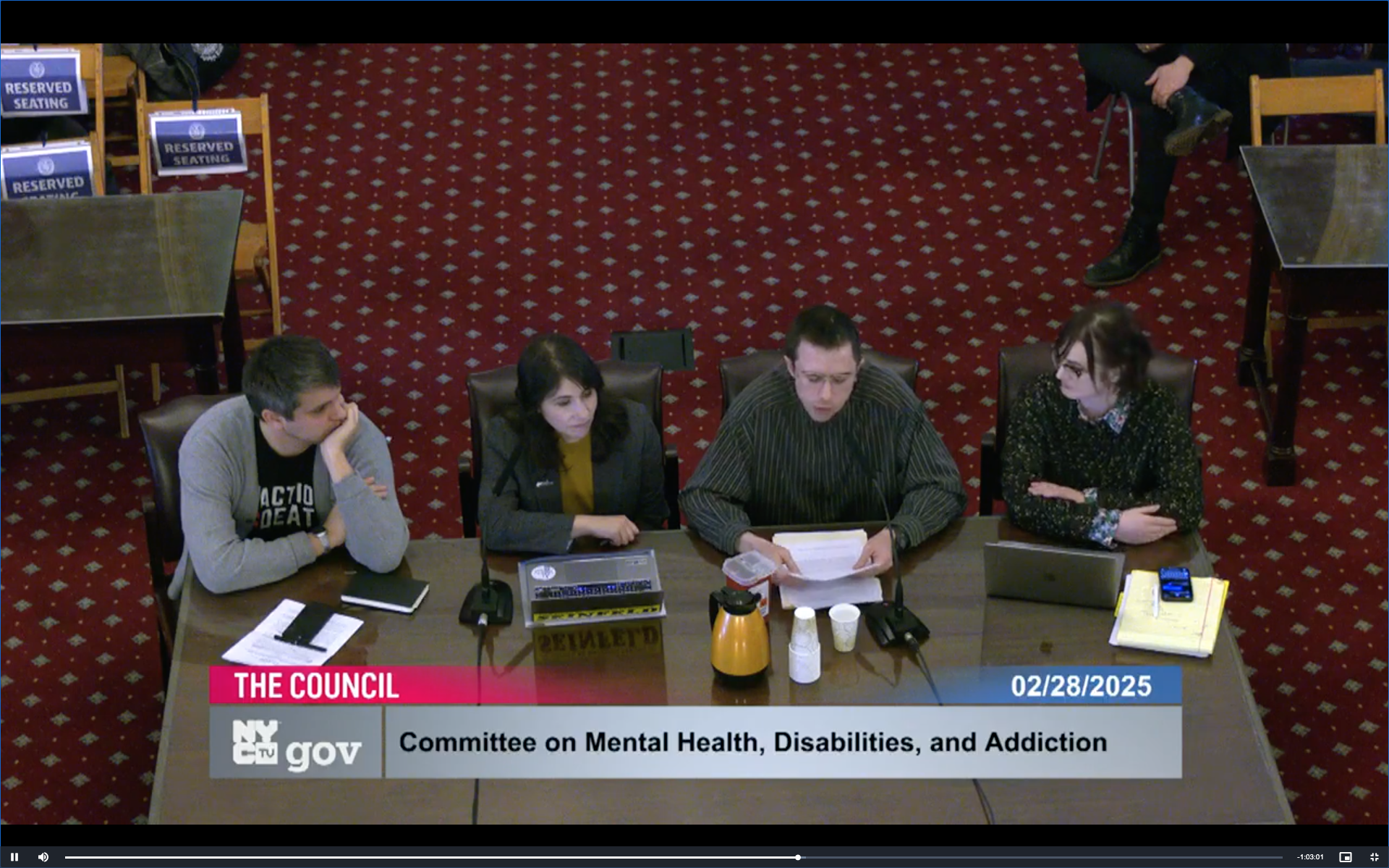Can you tell us a little about yourself?
I am a psychiatrist and addiction psychiatrist originally from Alabama and Georgia. I’ve worked with Alliance for almost five years, helping people reduce or stop their opioid use with prescription Suboxone. I’m good friends with Alliance’s other prescriber, Dr. Jeffery.
Do you work anywhere else besides Alliance?
Yes, I'm only at Alliance two days a week, between CASA and LES Harm Reduction Center. So I do work for another recovery clinic in Harlem where people can have group counseling and medication services. When I was in residency, I worked in hospital settings, but I love the way community centers approach holistic healing.
What are your hobbies?
I am a runner. I picked it up about a year ago. I’ve had lots of mental health struggles in my life, and tried many things, but running has been really transformative for me. It’s the foundation of my mental health and self-care. I run 5 miles a few times a week, and the shift in my mental health is so profound.
How long have you been in this line of work?
Almost 15 years. My career was shaped by my personal experiences in childhood.
My sister was diagnosed as having bipolar disorder when I was young, so I had a front row seat to mental health issues. In those days, people treated mental illness very differently than today. She was in the hospital for over a year. Witnessing the chaotic, traumatic treatment process was very eye-opening. I saw how treatment could impact families. I’m also in recovery, myself.
I want to get your perspective on the work itself, but first can we talk about your experience with substance dependency? What were your drugs of choice?
I would do any drug at any time with anyone. My drug use history is long and intensive, from alcohol to heroin to methamphetamines.
What has your recovery looked like?
I’ve struggled and recovered and been sober for a while, and then “relapsed.” Like most people in recovery, it's not linear. Things can be going well and then a tragedy or hardship occurs and they go back. For example, I had just got out of rehab when my sister died by suicide, and then I started using again.
So it’s all about trying, and trying again, and getting to a place where your routine and lifestyle is working for you.
A lot of our participants talk about needing to totally restructure the people, places, and things in their recovery. Was that true for you?
It resonates for me, especially the people part. Isolation is such a big part of drug use, and CONNECTING with people is a huge part of healing. Getting that community support, and actually getting better in general is essential for healing. Connecting and showing up and forming recovery connections. I’ve tried NA and AA, and they’re a key part of my life. I need a complete lifestyle.
I also go to a recovery group for health care professionals in recovery. It’s a great community because we have similar experiences and professional settings, so that theme of community is a huge part of my recovery.
I’m gay so I also go to gay addicts' meetings, which offers that niche community of people who really understand my experience. Whatever your background, there’s a community.
Did you ever take Suboxone?
My heroin use was actually a long time ago, so I was actually never on Suboxone. Suboxone wasn’t really around back then.
You currently prescribe Suboxone. Is that better or worse than other medically-assisted treatments?
I’ve never prescribed other forms, though I briefly worked in a methadone clinic. I’ve given Sublocade which is the injection long-acting form of Suboxone. It’s great for people who’ve adjusted well to Suboxone (taken twice daily) who want a monthly shot. It’s catching on with our participants because the level of Sublocade stays consistent in your body. It’s constant all day, it’s so gradual that most people don’t notice. Yes, some people start noticing it by the end of the month, but for most people they aren’t feeling daily highs and lows.
What is the hardest part of this line of work?
Addiction is a chaotic illness, and it is difficult to deal with. Accepting the fact that not everyone is going to follow a comfortable, familiar linear trajectory is difficult to accept. Much like my own history, it’s not linear, and you have to learn to role with it, but it’s painful to see people struggle. But I have to be onboard for people’s journeys, the positive parts and the difficult parts.
What’s the most rewarding?
Seeing people take even small steps forward. I’m the biggest cheerleader in the room for my patients. I love seeing them go a few days without picking up, learning to appreciate small victories.
What do you see as common risk behaviors for relapses?
Isolation and loneliness. And that’s where counseling and strategizing with patients really comes into play. A lot of people know their risk behaviors, but don’t have strategies to avoid them, or coping mechanisms. That’s why Alliance is so special, because there are groups full of people who’ve been there, and get it.
If you could do anything else in your personal or professional life, what would it be and why?
I’d probably go back to a Buddhist monastery where I spent four years a few decades ago, the Tassajara Zen Mountain Center in California. I had read this amazing book “Zen Mind, Beginner’s Mind” and went to the monastery the author founded, intending to stay for a few weeks. It turned out to be a lot longer! We studied Buddhism, and we had no computers, no technology. We got up at 4:00am to meditate, did different jobs to support the monastery. I’d love to go back to that for a few years, that simple lifestyle of spirituality.
















